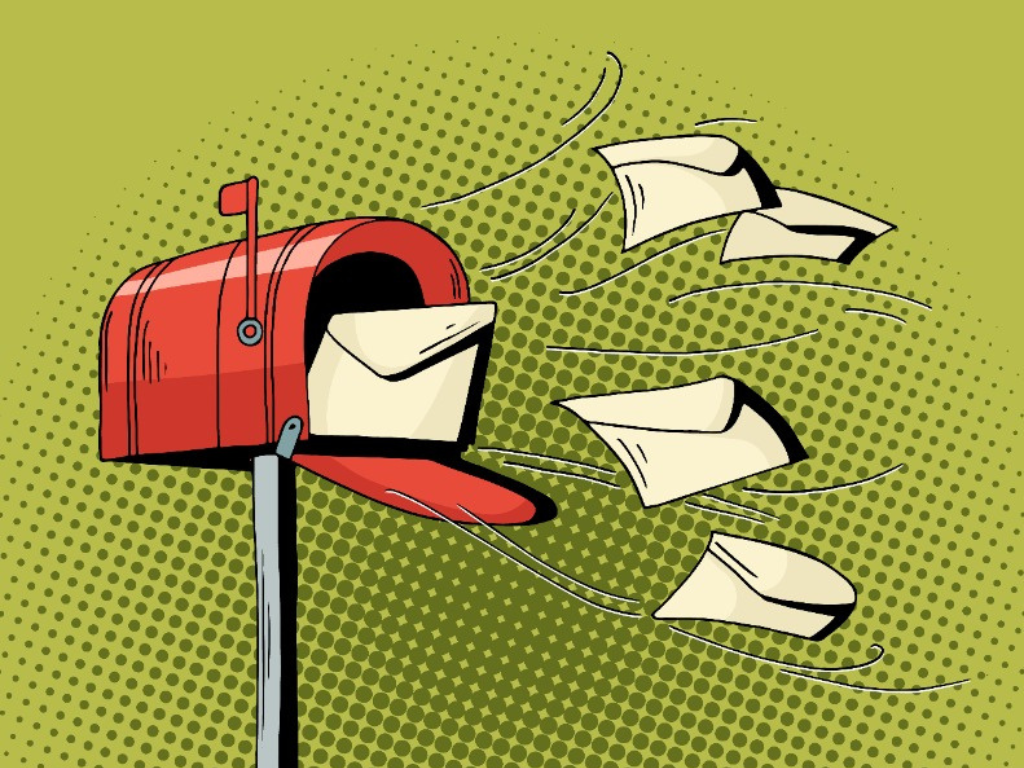Almost all fundraisers understand the value of a donor newsletter: They improve donor retention by showing donors that their giving makes a difference. Newsletters can also raise net revenue on their own.
It’s a major win-win for fundraisers.
Here’s some good news for you: There’s another way to accomplish what donor newsletters do – and it’s easier, as well as less expensive…
Here at Moceanic, we call it a Donor Care Letter.
A Donor Care Letter is a highly personalised direct mail letter, developed for direct mail responsive people (but proven for monthly givers too). It reflects the individual donor’s part in your cause’s journey.
Another way of looking at it, a Donor Care Letter is a donor newsletter that looks like (and reads like) a direct mail letter.
It’s an amazing tool for two reasons:
- It does everything positive that a newsletter does – improves donor retention and engagement while raising net revenue.
- All for less work (and sometimes less cost) than a traditional newsletter.
In short: To create a great Donor Care Letter, you gather two or more success stories about your organisation’s work and write them up in a way that reflects the good back onto your donor (“This is all possible because you gave!”). Then you lay it out in the form of a letter, starting with “Dear Ms. Donor,” and ending with a signature and a P.S.
There you have it: a quality Donor Care Letter!
Ways Donor Care Letters and newsletters are the same
Like a newsletter, the main content is stories. As few as two, but probably more. These stories make the donor feel valued by showing specific things the individual donor has made possible.
In both cases, you should ask yourself with every paragraph you write, “Why would a donor care about this?” It’s not difficult to frame almost anything in a way that connects with donors – but this exercise may help warn you away from content that’s important inside your organisation, but uninteresting outside. Like that great conference, your staff attended.
In addition to success stories, you can ask the donor to take various kinds of action, like contacting you for help with planned giving… or anything else you want to encourage donors to do.
Donor Care Letter content should help each donor feel they are part of an important group of people that together are doing something that matters. It’s evidence that giving is well worth it.
Donor Care Letters can include photos (of smiling people impacted by their giving), though usually they are less photo-heavy than newsletters.
While they don’t look like publications, you can still write interesting headlines for each story.
A Donor Care Letter is typically four pages (front and back of two sheets is fine), but can be as few as two, and as many as six – and up.
Like newsletters, Donor Care Letters should include a reply device and a return envelope. Not doing this will cut deeply into donations. Remember, donors want to give!
Ways they are different
A Donor Letter is just a letter:
- Instead of a masthead, it’s just on regular letterhead.
- The type is not set in columns but goes across the page.
- It has a “johnson box” (some kind of stand-out message at the top of the first page)
- It’s signed by someone.
- It has a P.S. that repeats the main message of the letter – which, of course, is “Thank you for making all this possible!”
- The outer envelope is usually not as “designed” as a newsletter envelope. It possibly has no teaser, or something simple and grateful.
Something a Donor Care Letter can do very well is it uses a lot of personalization:
- It can be versioned for specific types of donors and donations (like monthly donors, people who have pledged a bequest, etc.)
- It can give dates and amounts of recent donations.
- It can acknowledge other milestones, like how long the donor has been giving, cumulative giving milestones, maybe even the donor’s birthday.
(Note: If you are printing your traditional newsletter digitally, you can do all of these things too.)
Email version?
Maybe. We haven’t seen strong performing versions of a Donor Care Letter (or a newsletter) send by email, but you can experiment to find something that gets good engagement statistics.
This material is excerpted from the online course, “Donor Care Letters with Love,” presented by Sean Triner. It’s available only to members of The Fundraisingology Lab by Moceanic. Members get the tools, the information, and the supporting community that will take you to new places in your fundraising career. Find out more about how to join now.
Related Blog Posts:











2 Comments. Leave new
Interesting test, however I’m wondering what the business-reply device was in the donor care letter. Our 4-page newsletter format allows for a BRE to be stitched in, and still retain the feel of a stewardship piece.
I’m concerned that adding a BRE inside the letter would push the perception of this from the donor’s perspective from stewardship to a solicitation disguised as stewardship, something I definitely want to stay away from.
Hi
The envelope would be the same as the envelope most people include in their newsletters. The ask would be the same as your newsletter ask.*
If you are not asking at all, my favourite donor care letter response form is a simple, full-page piece printed with lines, like writing paper. At the top it simply says “I’d love to hear from you – any comments about this letter, the stories in it, the work we do would be lovely. Write what you like on here and pop it in the enclosed envelope!”
* There is no evidence I can find anywhere that non-ask newsletters increase retention better than those with an ask. After all, we don’t do stewardship for the sake of it, we do it to keep our lovely donors close – ie continuing to support the cause.
Many charities make sure their newsletters have asks, but skip the ask in donor care letters – using the blank page and envelope response device which is great stewardship and raises money too!